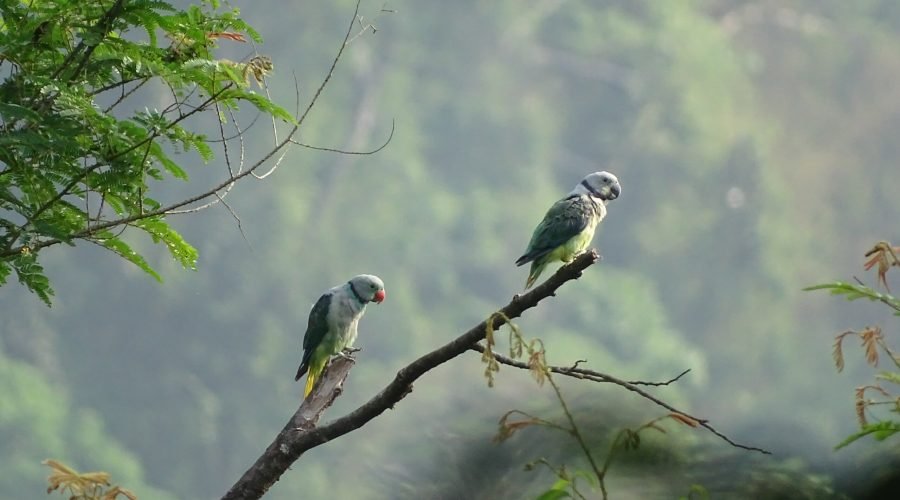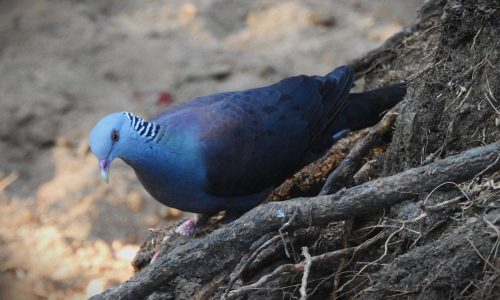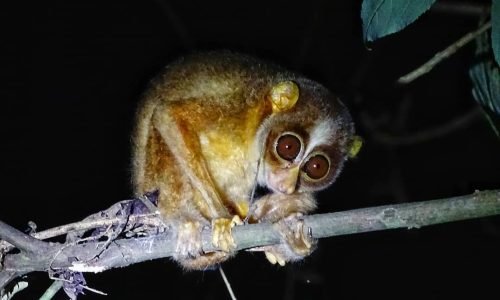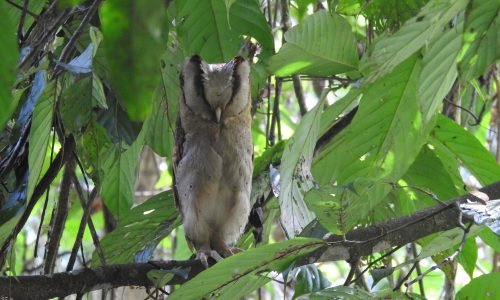Tropic Trails’ Tropical Birding Tour in South India offers an unforgettable 13-day journey across three vibrant southern states — Karnataka, Tamil Nadu, and Kerala. These regions, rich in culture, history, and biodiversity, are among the most spectacular birding habitats in all of India. With over 50 endemic bird species, this expedition celebrates tropical bird watching in a tropical country — where each stop reveals new landscapes and rare avian encounters.
Your adventure begins in the historical city of Mysore, gateway to the lush foothills of the Western Ghats. The first stop is Ranganathittu Bird Sanctuary, a paradise for migratory and resident birds on the banks of the Kaveri River. Here, you can observe Painted Storks, Spoonbills, and the magnificent Indian Eagle Owl, while Mugger Crocodiles bask by the wetlands — a truly enchanting introduction to tropical wetland birding.
From Mysore, the trail leads to Mudumalai Tiger Reserve in Tamil Nadu — a mosaic of dry deciduous forests and grasslands alive with bird calls and wildlife activity. Amidst the melodies of Malabar Larks, Crested Treeswifts, and White-bellied Drongos, you may also encounter Asian Elephants, Indian Gaur, or even a stealthy Bengal Tiger. (Optional Jeep Safari available here for wildlife enthusiasts.)
Next, the route ascends into the Nilgiri Hills toward the misty hill station of Ooty, where cool shola forests and grassy downs host unique high-altitude endemics such as the Nilgiri Flycatcher, Nilgiri Laughingthrush, and the vibrant Black-and-Orange Flycatcher. This upland tropical ecosystem is a highlight of the Western Ghats and a delight for photographers.
Continuing south, you’ll reach Munnar, a breathtaking Kerala hill station known for its rolling tea gardens and montane forests. Birding in Munnar offers sightings of the White-bellied Blue Robin, Nilgiri Wood Pigeon, and the elusive Palani Laughingthrush. The misty peaks and tranquil valleys provide a deep connection to the rhythms of the tropical wilderness.
The grand finale unfolds in Kerala’s Periyar Tiger Reserve and the Thattekkad Bird Sanctuary. Periyar’s lush rainforests echo with the calls of the Great Indian Hornbill, Wayanad Laughingthrush, and Rufous Babbler, while Thattekkad — famously known as Dr. Salim Ali Bird Sanctuary — offers remarkable sightings of nocturnal species like the Sri Lanka Frogmouth and Mottled Wood Owl.
Throughout this seamless tropical birding circuit, an expert naturalist accompanies you, sharing in-depth regional knowledge and ensuring rewarding field experiences for both observation and photography. Combined with comfortable lodges, scenic drives, and authentic South Indian cuisine, this Tropical Birding Holiday is not only about birding — it’s a complete immersion into the natural and cultural heart of South India.




